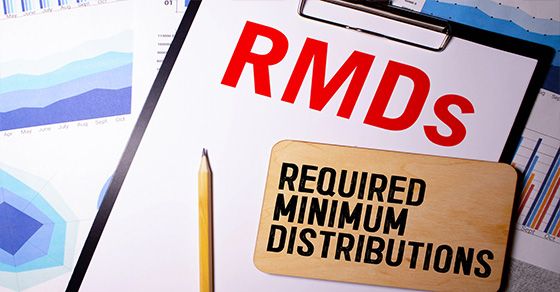
How to minimize the S corporation LIFO recapture tax
If you’re considering converting your C corporation to an S corporation, be aware that there may be tax implications if you’ve been using the last in, first out (LIFO) inventory method. That’s because of the LIFO recapture income that will be triggered by converting to S corporation status. We can meet to compute what the tax on this recapture would be and to see what planning steps might be taken to minimize it.
Inventory reporting
As you’re aware, your corporation has been reporting a lower amount of taxable income under LIFO than it would have under the first in, first out (FIFO) method. The reason: The inventory taken into account in calculating the cost of goods sold under LIFO reflects current costs, which are usually higher.
This benefit of LIFO over FIFO is equal to the difference between the LIFO value of inventory and the higher value it would have had if the FIFO method had been used. In effect, the tax law treats this difference as though it were profit earned while the corporation was a C corporation. To make sure there’s a corporate-level tax on this amount, it must be “recaptured” into income when the corporation converts from a C corporation to an S corporation. Also, the recapture amount will increase the corporation’s earnings and profits, which can have adverse tax consequences down the road.
Soften the blow
There are a couple of rules that soften the blow of this recapture tax to some degree. The increase in tax imposed on the C corporation in its final tax year because of the LIFO recapture may be paid over a four-year period. The basis of the corporation’s inventory will be increased by the amount of income recognized. So, the net effect may be one primarily of timing — because of the basis increase, the corporation may realize less income in later years, though only if there are decrements in the adjusted LIFO layer.
We can help you gauge your exposure to the LIFO recapture tax and can suggest strategies for reducing it. Contact us to discuss these issues in detail.
Inventory reporting
As you’re aware, your corporation has been reporting a lower amount of taxable income under LIFO than it would have under the first in, first out (FIFO) method. The reason: The inventory taken into account in calculating the cost of goods sold under LIFO reflects current costs, which are usually higher.
This benefit of LIFO over FIFO is equal to the difference between the LIFO value of inventory and the higher value it would have had if the FIFO method had been used. In effect, the tax law treats this difference as though it were profit earned while the corporation was a C corporation. To make sure there’s a corporate-level tax on this amount, it must be “recaptured” into income when the corporation converts from a C corporation to an S corporation. Also, the recapture amount will increase the corporation’s earnings and profits, which can have adverse tax consequences down the road.
Soften the blow
There are a couple of rules that soften the blow of this recapture tax to some degree. The increase in tax imposed on the C corporation in its final tax year because of the LIFO recapture may be paid over a four-year period. The basis of the corporation’s inventory will be increased by the amount of income recognized. So, the net effect may be one primarily of timing — because of the basis increase, the corporation may realize less income in later years, though only if there are decrements in the adjusted LIFO layer.
We can help you gauge your exposure to the LIFO recapture tax and can suggest strategies for reducing it. Contact us to discuss these issues in detail.

















































